Best Foods For Recovery After A Marathon
- July 3, 2022
- Last Updated: May 14, 2024
- 9 Comments
- Sports Nutrition
Include these tips in your marathon recovery plan to speed up recovery after a marathon, minimize muscle damage and feel stronger for future races. Your recovery after running a marathon should be intentional and planned.
As an Amazon Associate, I may earn from qualifying purchases.
Disclaimer: While we are sports dietitians, we are not your dietitians and the text below should not be taken as medical advice. Please see your provider for individualized nutrition advice.
I’ve been honoring my post marathon recovery plan for the past two weeks, and I thought it would be helpful to share.
While my plan for what to eat during the marathon went perfectly, I still need an abundance of nutrition after.
After all, a marathon recovery plan is the third and final pillar of marathon training nutrition, and one that often gets overlooked.
Aside from running and fueling, you also have to factor in marathon recovery time before you can start another training cycle.
Whether you’re recovering from a half marathon or full marathon, these tips apply!
In This Article
What Is A Marathon Recovery Plan?
A marathon recovery plan is a plan you follow to optimize your physical, mental and emotional recovery from a marathon.
It may include nutrition, rest, sleep, stretches, supplements and more.
Like many things, your marathon recovery plan may look a little different from mine, and that’s okay!
What is most important is that there is the right combination of foods and rest for your body.
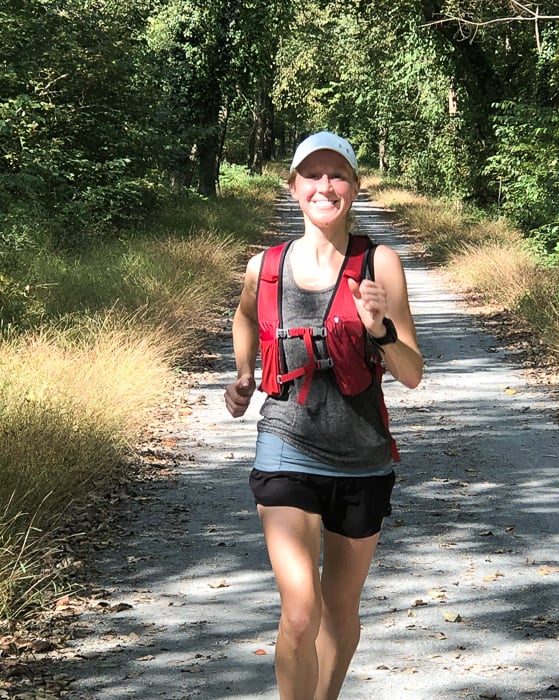
And remember, your recovery after a marathon is more than just physical recovery, but also mental recovery too!
If you want something more specific to the half marathon, read this post all about recovery after a half marathon here.
Recovery Time After Marathon
How long to recovery from a marathon? How long should you rest?
Recovery is a “whole body” effort, like I tell my clients. You can’t expect to feel your best if you aren’t treating your body right.
When thinking about your recovery time after a marathon, you want to consider how much training time you did leading up to this.
While I’m not a running coach, I can’t speak to the training part, but I can definitely speak to the nutrition part.
Including inflammation-reducing foods, ample healthy fats, staying hydrated, and eating enough will all be part of optimizing your post marathon recovery, and even half marathon recovery.
The Best Foods for Recovery After Marathon
Let’s start with food for post marathon recovery because that’s what most of us are most concerned about.
While I have a whole post about the best foods for muscle recovery and growth, it’s also important to emphasize in this post.
In this race day nutrition post, I talk a little bit about the best foods for before, during and after a run.
We have tons of ideas for a race day breakfast or even ideas for what to eat before running in the morning, especially if you have a sensitive stomach.

We answer questions like, How many workout recovery foods should you be including, what does that look like? What to eat after a marathon?
I’m all about including foods that help muscle recovery in your diet, some strategically, and some just naturally. Because as with anything, we don’t want this to be overly rigid.
In our Nail Your Nutrition course, we talk all about the best foods for recovery and give examples of snack and meal ideas.
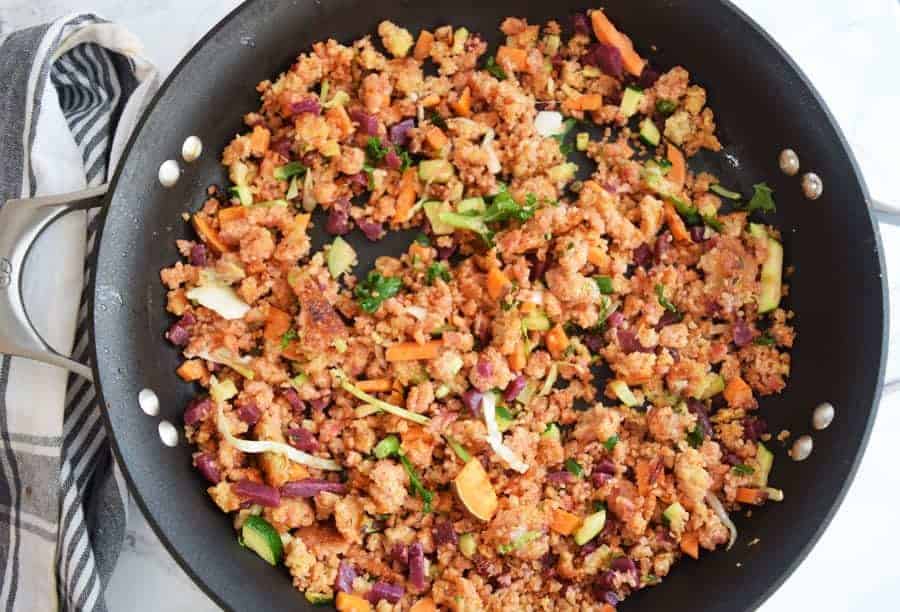
My goal here is to provide you with some ideas and inspiration, but also want you to make intuitive choices based on what your body is asking.
After all, the post marathon recovery is a great time to learn to be more intuitive with your food choices, since you aren’t competing as much or as hard.
For a primer on where to start, check out the 10 principles of intuitive eating and intuitive eating hunger scale.
Improve Recovery After A Marathon
Here are some research-backed ideas to improve your marathon recovery time that builds upon my busting the top sports nutrition myths.
A note about supplements – supplements can be helpful in certain instances and for certain athletes. However, there’s no blanket statement when it comes to supplements and no one-size-fits-all.
It’s best to meet with a dietitian individually who can conduct a dietary recall and get an idea of your nutrient intake (or lack thereof), and therefore, recommend supplements specific to your lifestyle.
Here are some common supplements for runners we often see and recommend.
Want your running nutrition questions answered?
Fill out this form to be matched with one of our dietitians.
1. Tart Cherry Juice
You may have heard about the benefits of tart cherries and tart cherry juice for reducing inflammation. After any exercise, but long endurance exercise especially, we are dealing with inflammation in the body.
Inflammation, on a micro level, is a good thing, as it helps build muscles and begin the healing process. However, if it’s not attenuated, it can lead to chronic inflammation, which is damaging to the body and cells in many ways.
The anthocyanins in tart cherries have been shown to reduce inflammation and oxidative stress, reduce muscle damage and provide pain relief.
Tart cherry juice definitely needs to be in your after marathon recovery plan. Sometimes, even these tips for adding more movement can help with soreness.

There was a study done in 54 runners that found that among those who drank tart cherry juice twice/day before distance running, they had a smaller increase in pain compared with those who consumed a placebo drink (2).
Takeaway: It can be as easy as adding tart cherry juice to your smoothie (this protein powder includes tart cherry), snacking on dried tart cherries, or adding them to granola, salads, etc. I also add tart cherry juice to my tart cherry gummies!
Also of note, tart cherry concentrate typically offers more benefits because you’re getting more tart cherries, and less “juice” additions.
Adding tart cherry juice to your smoothies, snacking on dried tart cherries, or adding them to granola, oatmeal, salads, etc. are a great way to get these anti-inflammatory benefits.

2. Antioxidants
While tart cherry juice is a source of potent antioxidants, there are also many other food sources as well.
Why do antioxidants help with recovery? Antioxidants are natural or artificial substances that can delay or prevent cell damage caused from free radicals.
We are exposed to free radicals (oxidative stress) daily in our environment, but exercise is another source.
If we don’t have something to counter the oxidants (which is what anti-oxidants do), these free radicals can cause inflammation in the body. They are even linked to many chronic diseases.
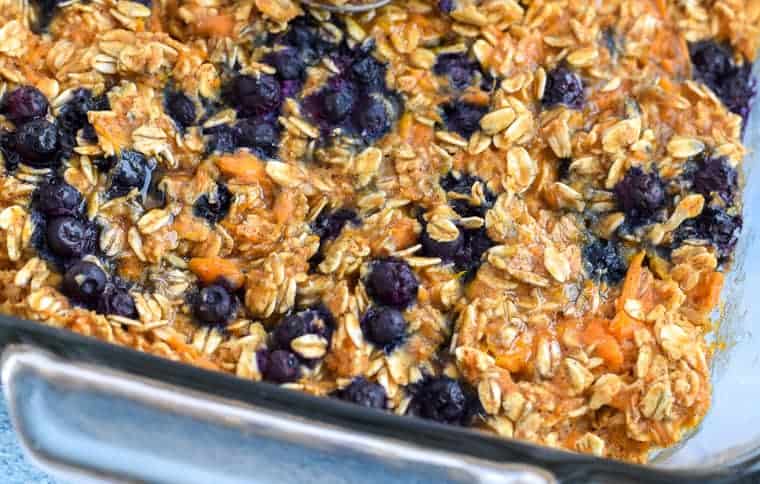
Vitamin C, Vitamin E, beta-carotene and selenium are commonly known for their antioxidant properties. Other compounds, including phytochemicals and anthocyanins also offer antioxidant properties.
Foods such as berries, sweet potatoes, grapes, oranges, tomatoes, spinach and beans are some high antioxidant foods.
However, more antioxidants does not always equal better, which is an important note.
Excessive antioxidant content (usually from supplements) can override our body’s innate ability to run its own antioxidant system, causing damage.
Therefore, the vitamins for runners or running supplements for endurance may not be helping you at all. It’s best to consult with a Registered Dietitian for a personalized plan.
You can read more about suggested amounts of antioxidants and studies done here.
Some of my favorite ways to incorporate protein + antioxidants are through sweet potato blueberry baked oatmeal and pumpkin chicken crockpot chili.
3. Eating Enough
While many runners stress about finding the best recovery foods and overly focus on foods that help muscle recovery, if we were to simplify it, it boils down to eating enough in general.
Think about it – if your body isn’t getting ENOUGH calories, or energy in general, it can’t operate those recovery processes it usually does.
Your body will give you signs of energy deficiency if you aren’t eating enough.
It can’t handle or counteract the inflammation because all of its energy is going to just keeping your heart beating.
Therefore, I always recommend sufficient food as part of a marathon recovery plan. The best marathon recovery foods are going to be the foods you actually like and can stomach.

If you’re not hungry right after a marathon or half marathon, there could be a few reasons for this:
- Your gut and body are stressed (Remember, you just ran for hours at a time? Sometimes it takes time for your body to catch up). Stomach cramps after running happen.
- You fueled sufficiently or over-fueled during the marathon
- You are dehydrated
- Your hunger signals are skewed from exercise
In these cases, I suggest a post workout smoothie, or an electrolyte drink (with calories) – Gatorade, Powerade, Skratch, etc., soup, salted crackers, a bland sandwich or banana.
You can’t necessarily trust your hunger signals after long exercise, so just because you aren’t feeling hungry does not mean you should not eat.
It’s important to know that a loss of appetite can happen as a result of exercise, so you can plan for it. However, a lack of hunger signals does not mean you don’t need to eat.
More often than not, I see clients who have under-fueled or just aren’t feeling hunger cues as long endurance exercise can skew hunger signals.
Ideally, getting something with protein (especially, leucine) will help maintain muscle mass and help with muscle growth. Learn more about the best protein for runners here.
4. Hydration
Also, along with eating enough comes hydrating adequately to replenish fluids and electrolytes lost during endurance exercise.
The main goal of hydration during a race is to minimize, and then replace, sweat losses. After a race, you want to replace sweat losses + some.
In just an hour of running, individuals can lose between 2-6% of their body weight in water. This can be significant after hours of running!
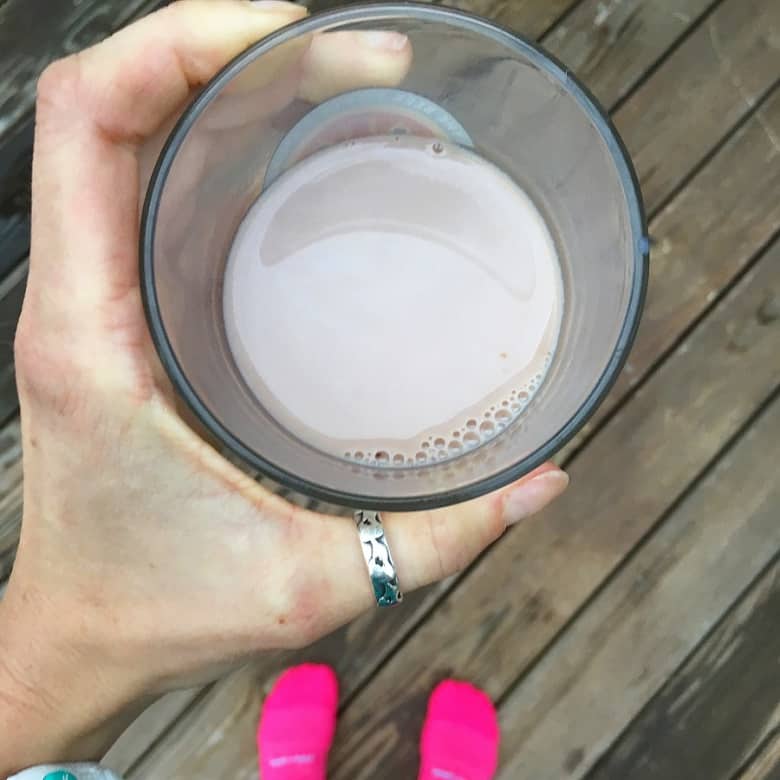
While individual needs vary, a good starting point is 0.4 to 0.8 liters per hour during exercise.
The research shows that any losses over 2% of your body weight can compromise cognitive function and exercise performance, especially in warmer weather.
Thomas DT, Erdman KA, Burke LM. Position of the Academy of Nutrition and Dietetics, Dietitians of Canada, and the American College of Sports Medicine: Nutrition and Athletic Performance. J Acad Nutr Diet. 2016 Mar;116(3):501-528. doi: 10.1016/j.jand.2015.12.006. Erratum in: J Acad Nutr Diet. 2017 Jan;117(1):146. PMID: 26920240.
Since this post is focused on recovery, you should continue to drink water with sodium after exercise, to help minimize more urinary fluid losses and retain the water you’re taking in.
A rule of thumb is to drink 125-150% of the water you lost.
That translates to about 16-24 ounces of water for each lb lost during exercise. I don’t necessarily advocate weighing yourself unless you are subject to chronic dehydration.
We talk a lot more about figuring out your PERSONAL hydration plan in our Nail Your Nutrition course.
But instead, check in with yourself:
- Are you thirsty?
- Are you a salty sweater?
- Do you have any cramps?
- How much hydration did you take in before/during the race?
- Did you take in enough electrolytes?
- What color is your urine? If it’s dark/concentrated, drink more!
Takeaway: Remember you can hydrate with liquids other than water – chocolate milk, smoothies, electrolyte drinks all count! I love using Skratch or Tailwind and adding it to my water. Nuun tabs are great, too!
Other Marathon Recovery Tools
Since nutrition is my main area of specialty, I focused most in depth on those tools for recovery.
I won’t be going into as much depth with these in terms of recovery after running because I don’t specialize in athletic training or personal training, but I can still speak to some of them.
Massages
If you’re not into a muscle recovery massage, these foam massage balls can be great for applying deep pressure.
I think this may be more of an anecdotal suggestion for recovery, as I’m sure people who have had massages would agree to its benefits for reducing muscle pain and helping with flexibility.
There doesn’t seem to be a ton of evidence about its efficacy (likely more research to come), but if you think about it, it is helping relax the muscles, and by doing so, helps release tension and fluids within the muscles.
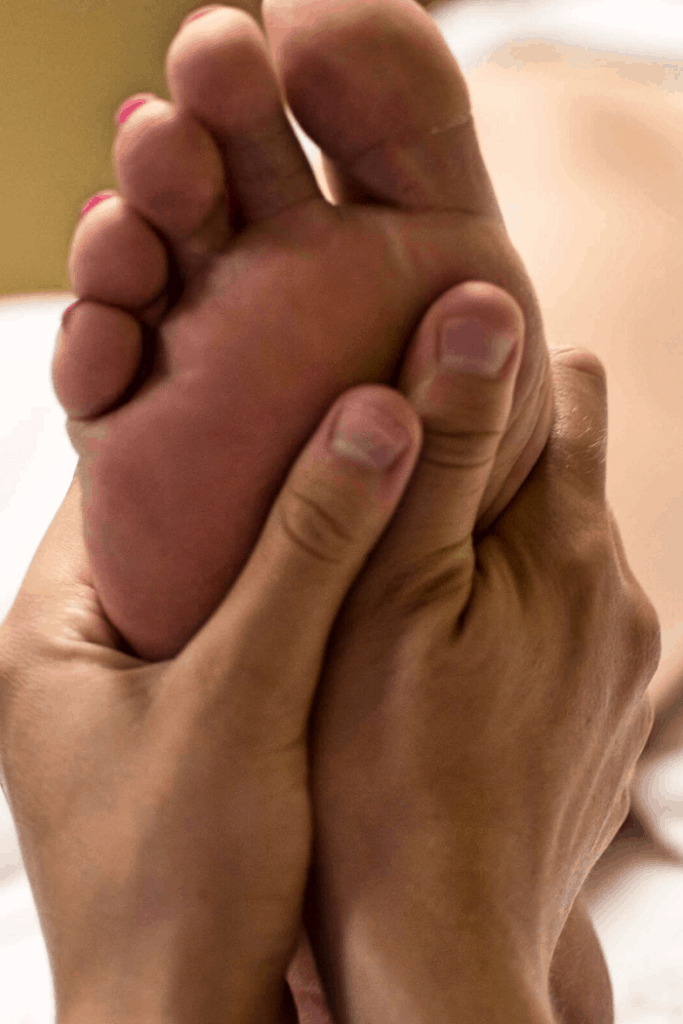
All of this helps with blood circulation, as fresh blood is better circulated to the cells and tissues.
There are also some reported beliefs that massage can help reduce lactic acid in the blood, but I don’t think science has a definitive answer.
If anything, it won’t hurt (like many of these techniques) and they generally feel good.
Ice Baths For Recovery
An ice bath for athletic recovery is a common practice for many elite athletes, as they are purported to reduce muscle pain and soreness after training sessions and competitions.

When I was researching exactly why ice baths for runners works, one reported mechanism is that they cause constriction of blood vessels, which has been suggested to help with the flushing of waste products (like lactic acid).
Cold water temperatures can also reduce swelling and tissue breakdown (6). The general time recommendation in an ice bath is 5-10 minutes.
This article in Team USA Triathalon discusses some of the unknown about ice baths and cold water immersions (CWI). It is likely that some may be more sensitive to cold water treatment and benefit more from its use.
Takeaway: Ice baths won’t hurt you and likely will help your muscles recover. Do whatever works for you! Try an ice bath or contrast water therapy after a tough workout or long run and see what makes your muscles feel better.
Epsom Salt Baths After Running
An epsom salt baths for runners is another common recovery tool after a long run. The good thing with epsom salts is that you can use warm water if you’re opposed to the cold ice baths.
My absolute favorite way to relax is with this Lavendar Sport Epsom Salts.

Epsom salt baths can reduce muscle soreness, swelling and inflammation. Epsom salts also offer magnesium, a mineral that is responsible for over 400 reactions in the body.
Magnesium is probably most well-known for its effects on relaxation and muscle and nerve function.
Have you heard to take magnesium before bed? That’s why!
Being deficient in magnesium has been linked to increased muscle cramps and aches, and epsom salt baths are purported to help this. Whether or not sufficient magnesium is absorbed transdermally is yet to be proven.
A study published in PLoS One did show increased blood levels of magnesium among those who applied a magnesium cream, so it is plausible and likely that we do absorb some.
Either way, a warm bath can be relaxing anyway, which can certainly help with recovery. And like an ice bath, it likely won’t hurt you at all. Bonus if you can do it in a relaxing setting like this.
This article in Runner’s World goes into some more benefits of epsom salt baths!
Foam Rolling
I think many runners have a love/hate relationship with foam rolling – I know I sure do (although using this type of foam roller has helped A TON – trust me and watch the videos)! I think most of us find it excruciating BECAUSE we don’t do it on a regular basis, but foam rolling after running can be very important.
If you don’t yet have a running stick, I highly recommend it! They even have smaller sizes you can travel with. This should be part of a post half marathon recovery plan as well as shorter races too.
Use this guide on foam rolling for runners to figure out what exercises to do!
Foam rolling is typical used as a warm up for mobility, or cool down for recovery, as explained by The American Council of Exercise. It is essentially a self release of myofascial (fat) tissue.
There are several benefits of foam rolling for runners, including:
- significant reductions in soreness and increased flexibility when used on specific areas twice per week for 15 minutes at a time
- helpful in improving blood flow and circulation (a theme for recovery, as you can tell)
- improving flexibility and mobility (this helps with stiff muscles!)
- improved range of motion
- breaking up scar tissue
- relieving pain, soreness and stiffness
Even if you hate it, I totally recommend adding foam rolling into your routine for recovery after marathon!
Stretching
This article in Science For Sport talks about stretching as a means to reducing muscle soreness and muscle stiffness.
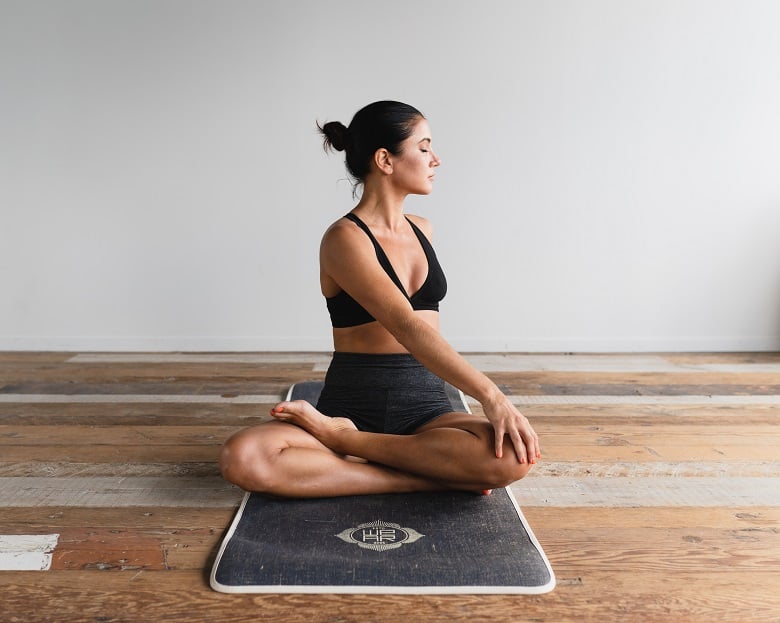
Static stressing, especially, can increase flexibility by “decreasing neural excitability, in addition to altering the mechanical structure of the muscle-tendon unit” (8).
My takeaway is that static stretching also helps with relaxation, which you want to prioritize after a marathon.
Low Impact Activity
I asked a poll in my Facebook group, Nutrition For Runners, about some of the members’ favorite ways to recover.
Most of them agreed about the importance of non-impact exercise, like swimming, yoga, light cycling and light walking.
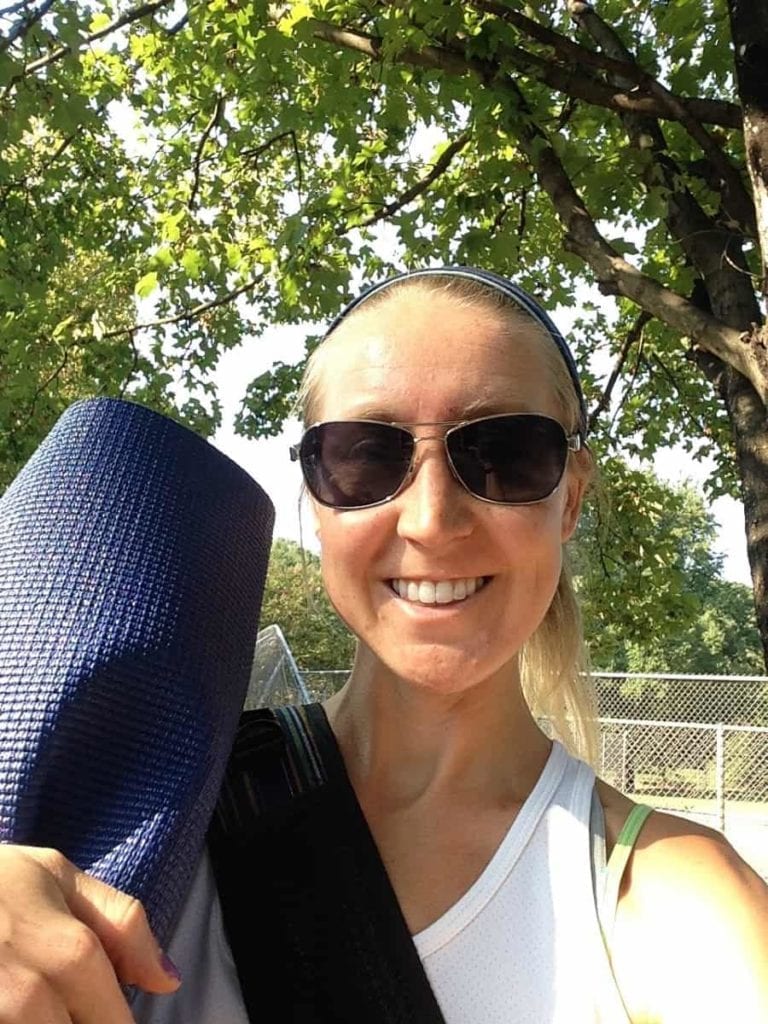
Active recovery can also help bring fresh oxygenated blood to damaged sore muscles. Think about it – if you don’t use something, it can get sore, right?
Light walking can help reduce soreness more quickly.
Yoga positions where you lift your legs in the air (say against your wall) are also great for reversing circulation to refresh your legs.
Every person will be different in when he/she is ready to return to running. I took a solid 7-10 days off, and then slowly started doing 30-40 minute runs.
I’m just over 2 weeks out from the Free Press Marathon now, and I feel pretty much back to normal.
Sleep
I didn’t save sleep for last because it is the least important.
In all actually, sleep is right up there with nutrition, sometimes even moreso because inadequate sleep CAN affect your nutrition and hormones.

When I was at FNCE a few weeks ago, I sat in on a session about the importance of sleep for athletes, and it was fascinating and really got me thinking about ways to fit a nap into my day.
This study on endurance runners found a reduced exercising sense of effort and improved endurance in runners who included a nap.
This slide reviews the general sleep recommendations, broken down by age. The key takeaway is that athletes generally need more than this. So, naps could be a great way to do it.
You also want to be strategic about your caffeine intake if you’re napping or to improve sleep hygiene. Caffeine before running can be helpful for some, but may disrupt sleep for others.
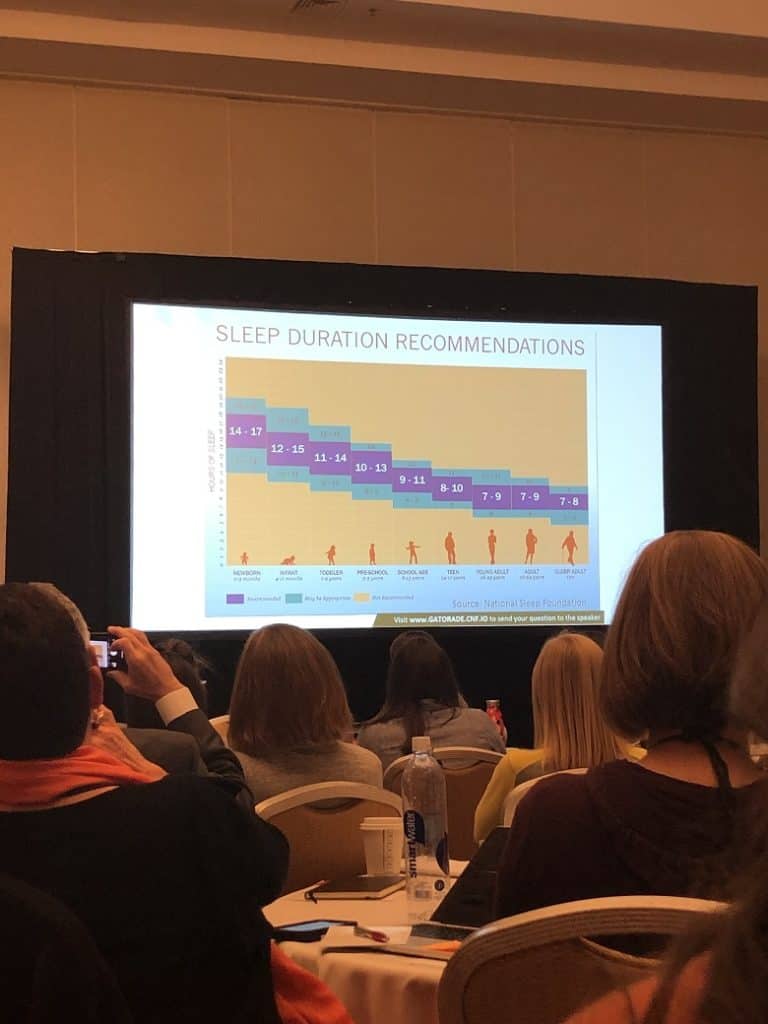
Why Is Sleep Important For Recovery?
When we’re busy and have a lot on our plates, sleep is one of the first things to go. But, sleep is when our bodies truly recover between sessions.
It’s also when our pituitary gland produces growth hormone (to help with muscle growth and repair). A lack of growth hormone is associated with reduced exercise capacity, among other things.
I know with travel and training sessions, it can often be difficult to prioritize sleep.
And with the abundance of blue light sources (tv, phones, tablets, computers) that interfere with melatonin production, these may decrease our sleep onset time even more.
But, since reduced sleep also affects performance, perceived effort and heart rates, the foods we eat and crave, cognitive function and more, it is TOTALLY WORTH prioritizing.
I highly recommend a pair of blue light blocking glasses. If I’m watching tv or doing work at night, I’ll wear these at night, starting a few hours before bedtime.
I hope many of these tips prove helpful for you in your future marathon recovery plans. If you need more assistance with your actual fueling plan, sign up for our Nail Your Nutrition fueling course!
- What to eat before running in the morning
- Vegan breakfast meal prep
- Race day nutrition guide
- Stomach pain after running tips
References:
- Tart Cherry Extracts Reduce Inflammatory and Oxidative Stress Signaling in Microglial Cells; https://www.ncbi.nlm.nih.gov/pmc/articles/PMC5187531/
Efficacy of tart cherry juice in reducing muscle pain during running: a randomized controlled trial; https://jissn.biomedcentral.com/articles/10.1186/1550-2783-7-17
Antioxidants in Athlete’s Basic Nutrition; https://www.ncbi.nlm.nih.gov/books/NBK299049/
- Exercise-induced suppression of appetite: effects on food intake and implications for energy balance; https://www.ncbi.nlm.nih.gov/pubmed/7835326
The Role of Massage in Sports Performance and Rehabilitation: Current Evidence and Future Direction; https://www.ncbi.nlm.nih.gov/pmc/articles/PMC2953308/
Post exercise ice water immersion: Is it a form of active recovery?; https://www.ncbi.nlm.nih.gov/pmc/articles/PMC2938508/
Effect of transdermal magnesium cream on serum and urinary magnesium levels in humans: A pilot study; https://www.ncbi.nlm.nih.gov/pubmed/28403154
- Acute effect of static stretching on passive stiffness of the human gastrocnemius fascicle measured by ultrasound shear wave elastography; https://www.ncbi.nlm.nih.gov/pubmed/28161870
- The influence of an afternoon nap on the endurance performance of trained runners; https://www.ncbi.nlm.nih.gov/pubmed/29851569
Support Bucket List Tummy




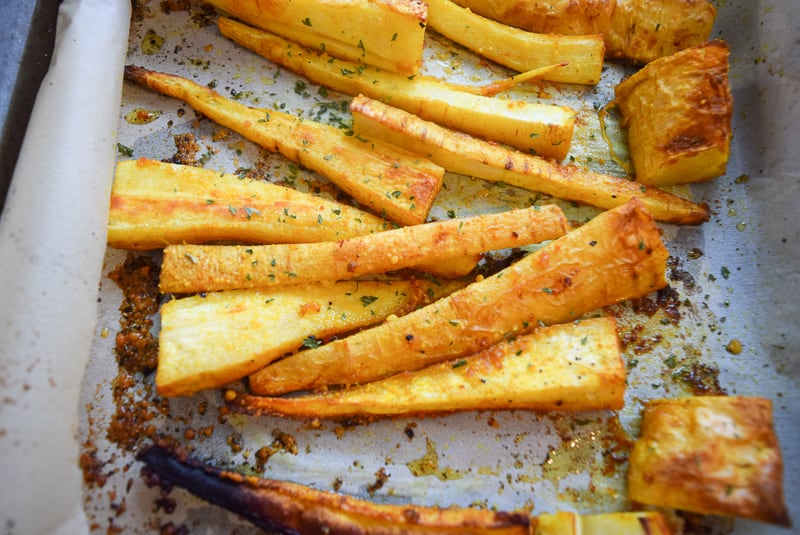
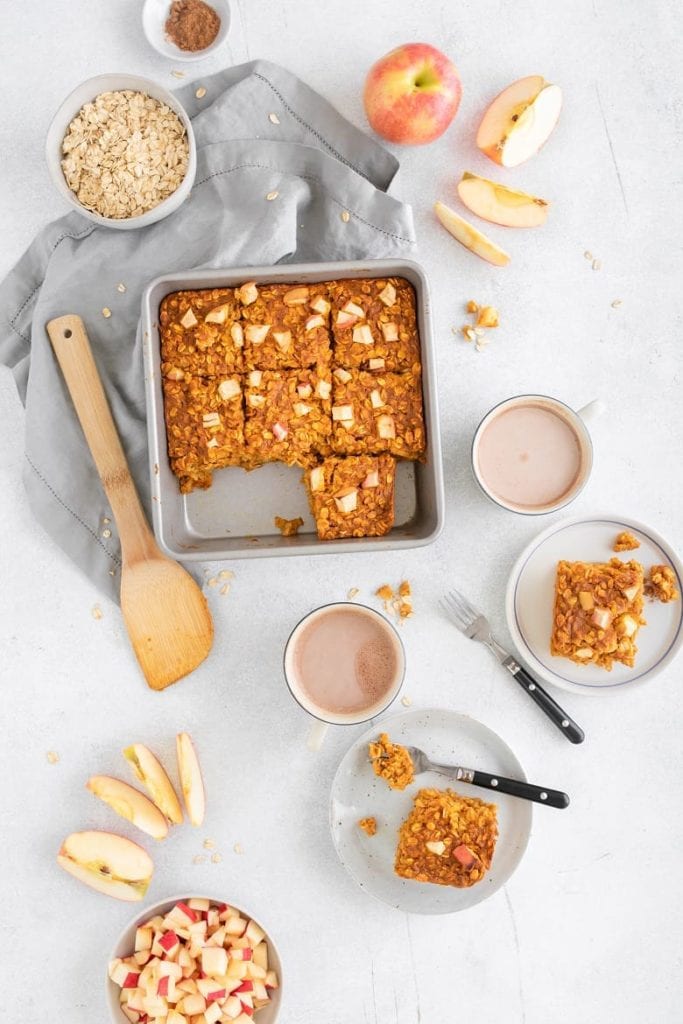


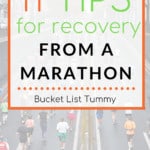
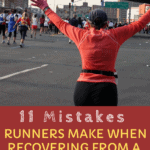
Like This Content?
Support Bucket List TummyDefinitely didn’t follow a good recovery plan after my first marathon, and well both me and my carpet suffered as I vomitted blood and who knows what else after. Read your blog before this last one I ran, and actually committed to stretching, eating high-quality foods, and getting plenty of rest after. It was a night and day difference, and saved me from having to call in a carpet cleaner again haha seriously can’t thank you enough for sharing.
great post! some of these things I didn’t know about ! I definitely am an advocate for massage, but then again I am a (part time) sports massage practitioner so… great tips and definitely advise worth following.
We routinely have tart cherry juice on hand, but I’m not very disciplined about drinking it. I do foam roll a lot, though. Sleep? UGH> major downfall for me….This post is a great resource! Thanks!!
Great tips, girl! Wish I had these when I was running marathons!
These are all such great tips! I love foam rolling and tart cherry juice too. I also find swimming to be super helpful for my legs post race!
Such great advice here!! Recovery is half the battle when doing racing.
I love these tips! There is so much focus on training for a marathon, but the recovery is often overlooked! This was so helpful!
All about the massages, epsom salts and extra sleep of course! Great tips thanks for sharing
I LOVE posts like this! So much good info. I have come to accept that when it comes to moderate endurance work, I recover pretty quickly. But intense races and lifting (even light weights!) result in 3 solid days of DOMS. I’m just not into powders (many have recommended casein protein powders ????) but I’m going to try tart cherry concentrate. I’ve heard it mentioned before but this has convinced me that it might actually work. Any other advice for slow fast twitch recoverers? Also is that such a thing?!???